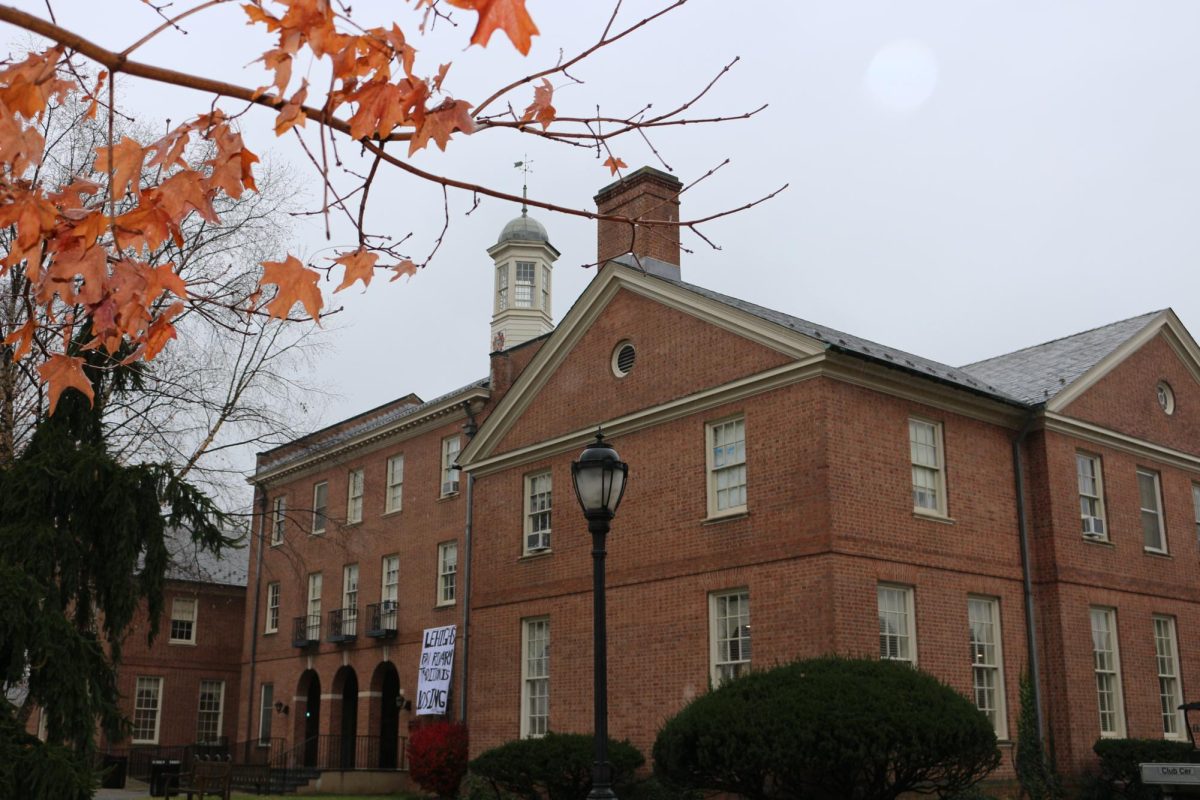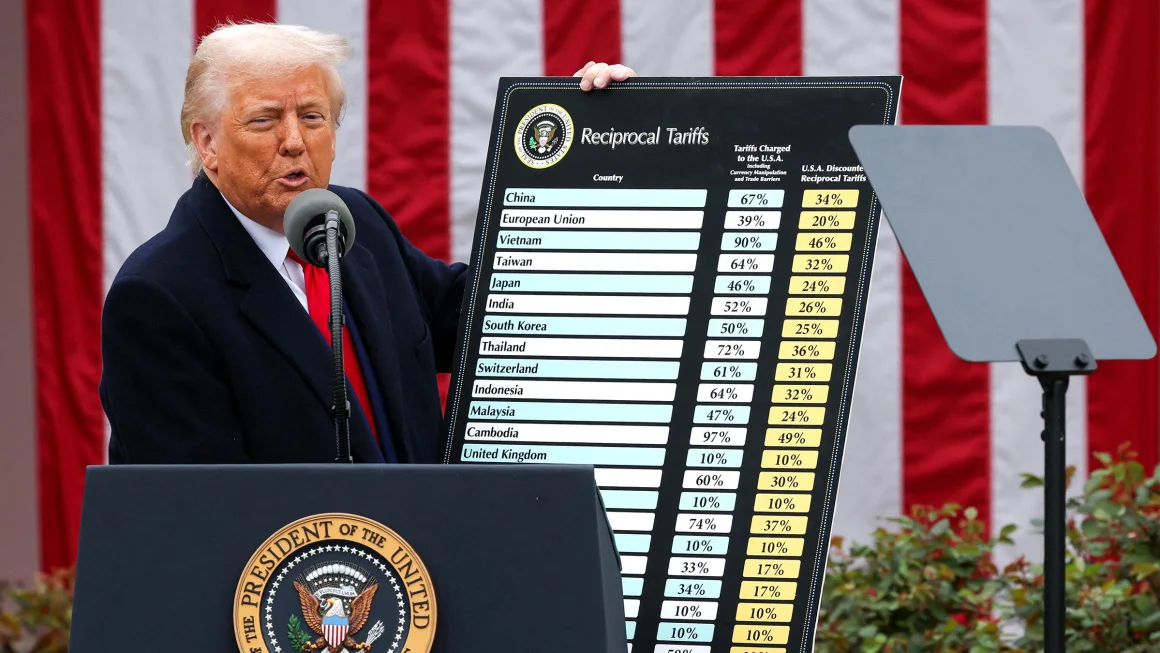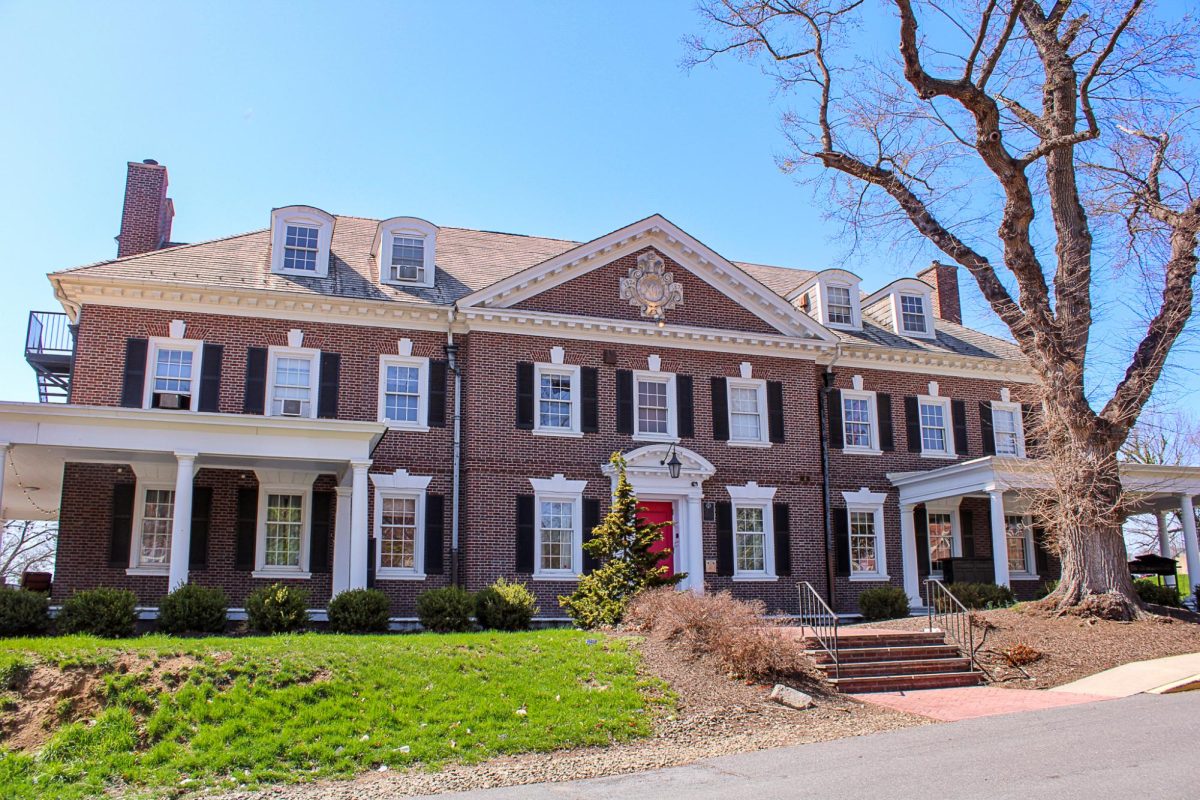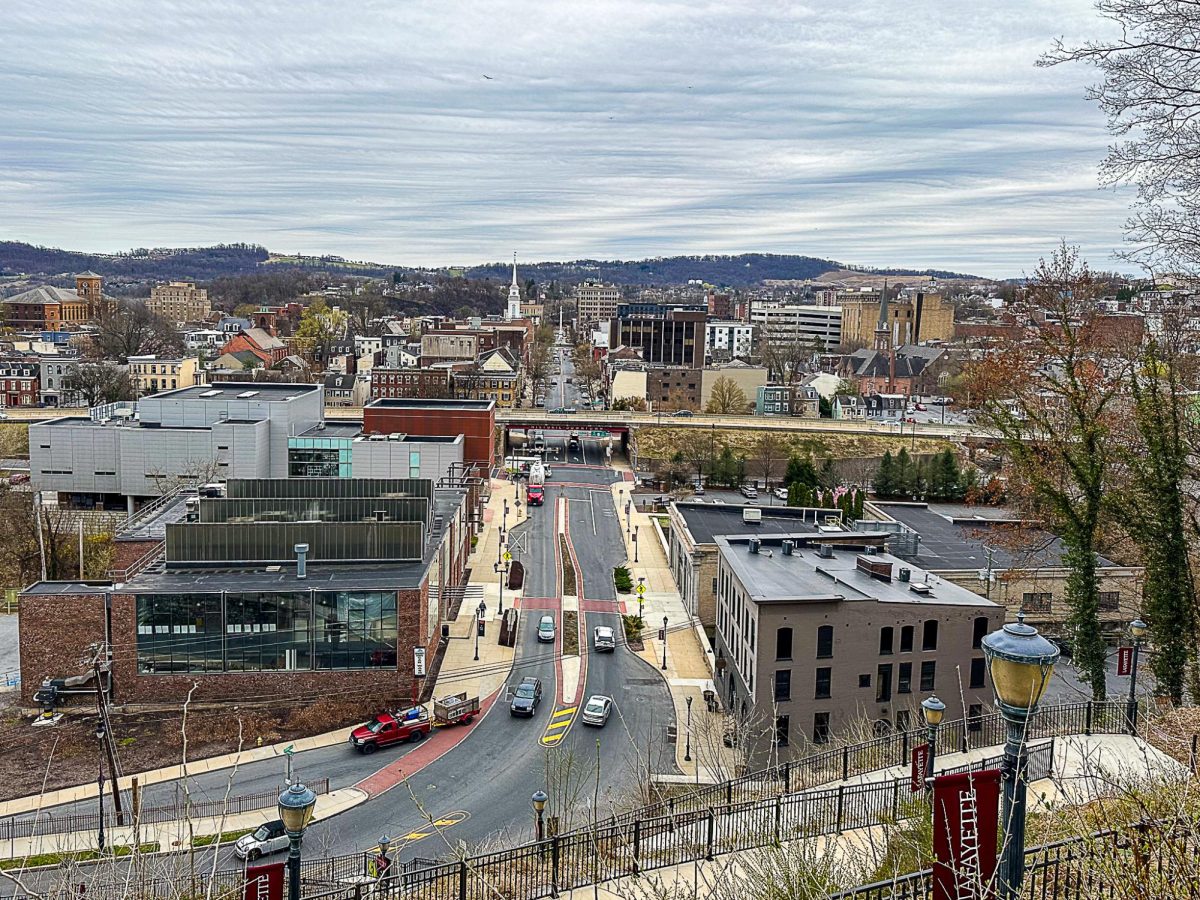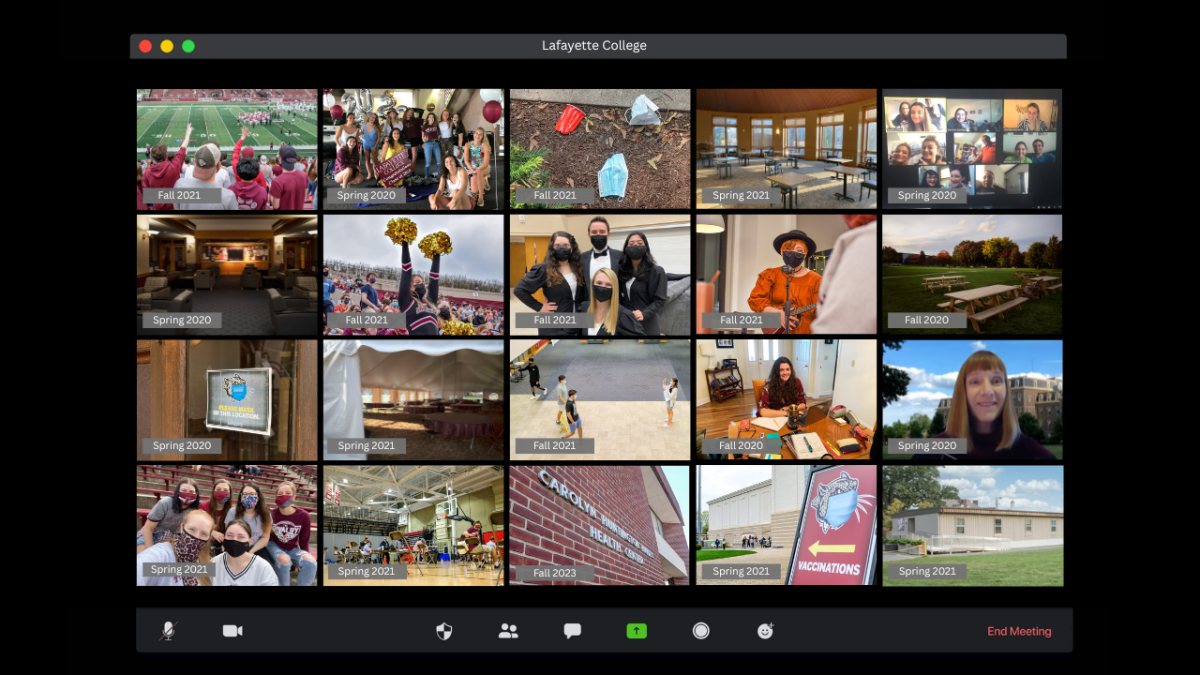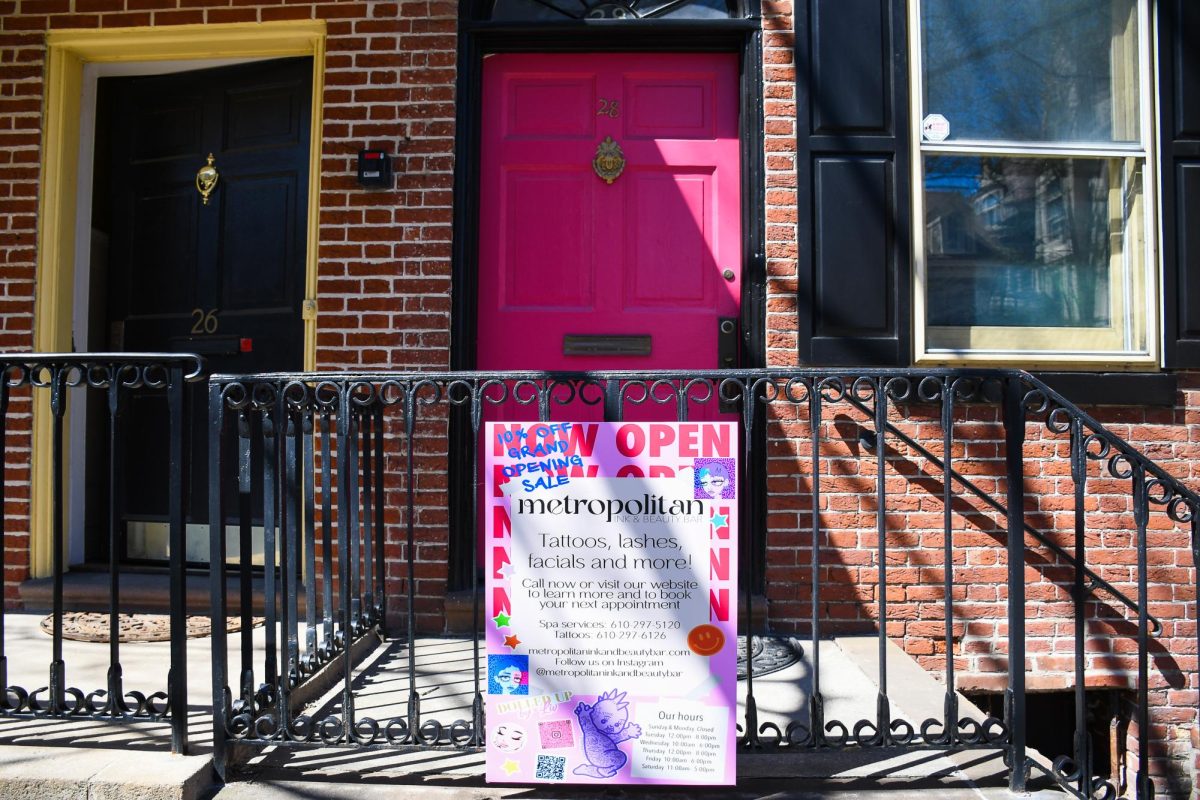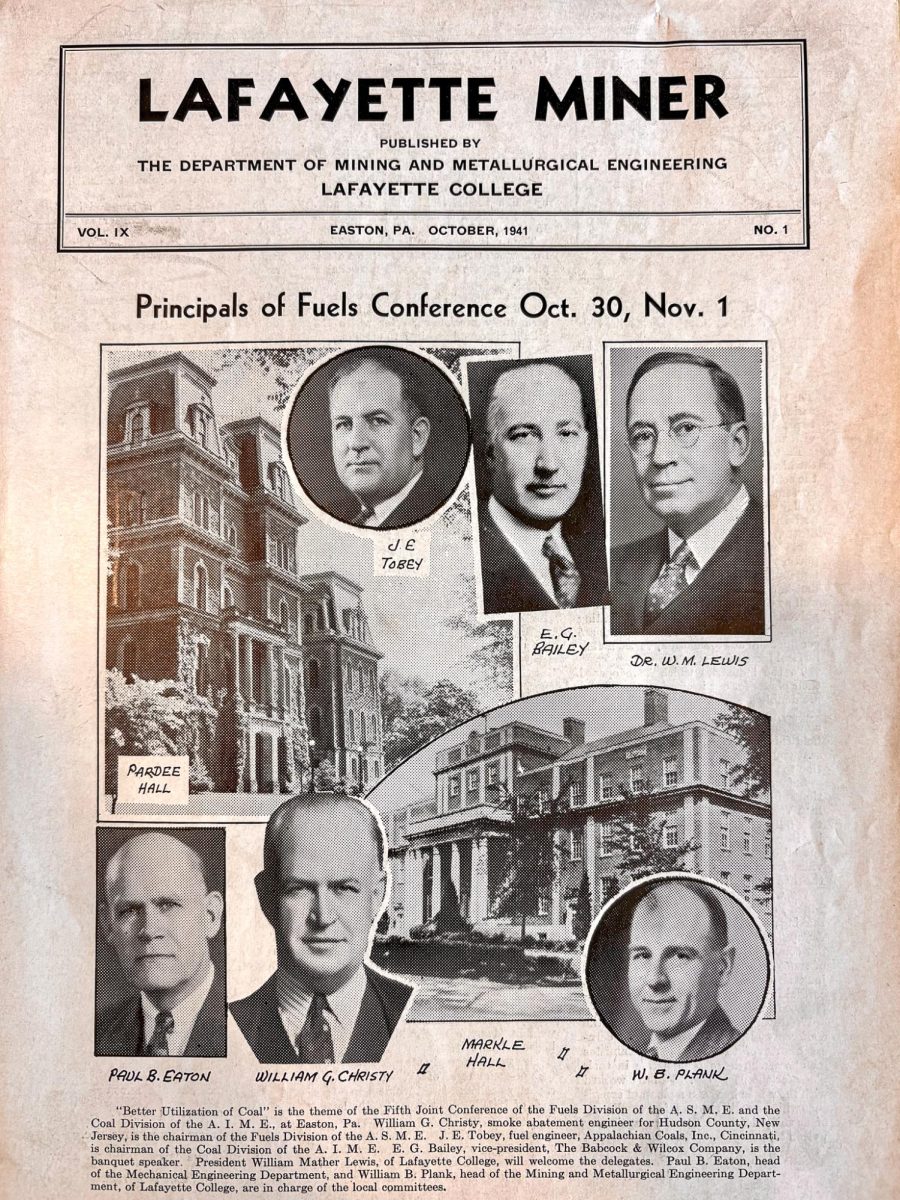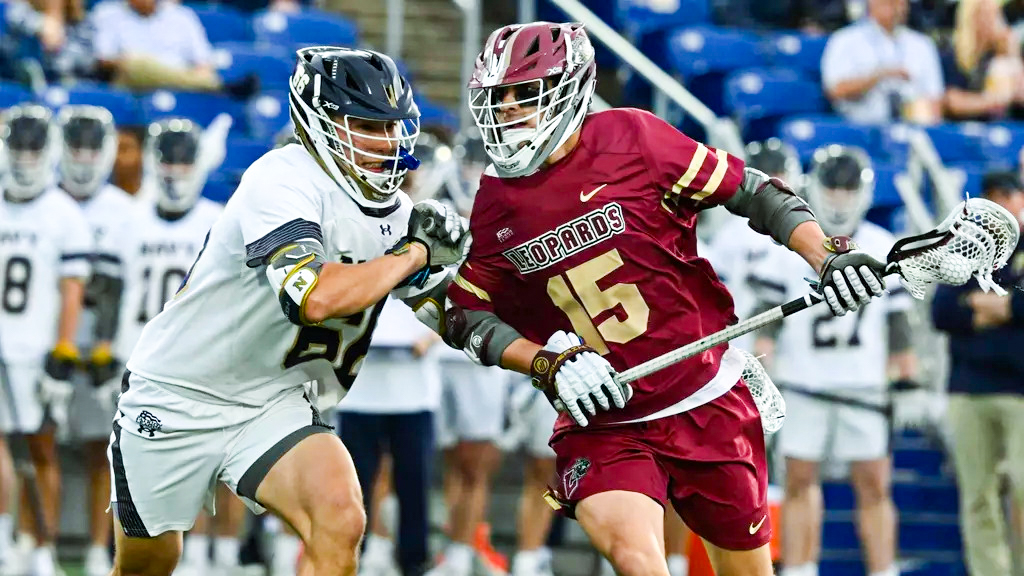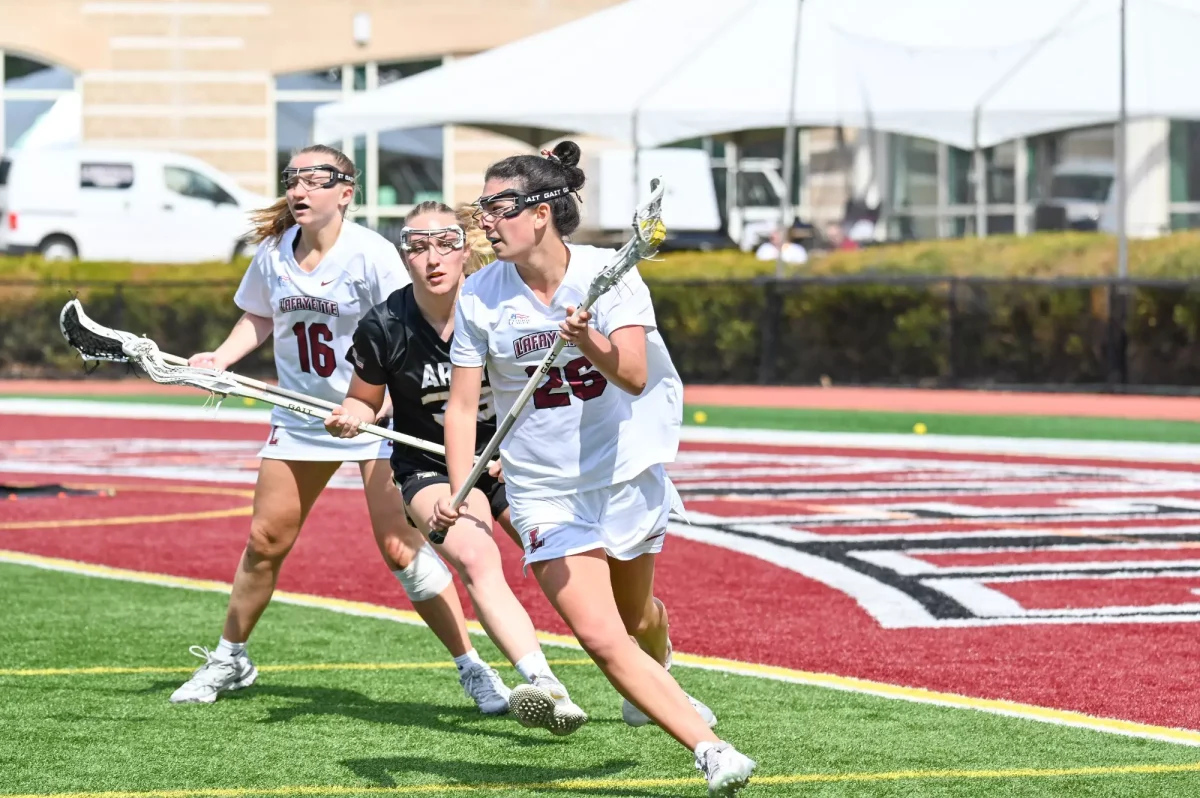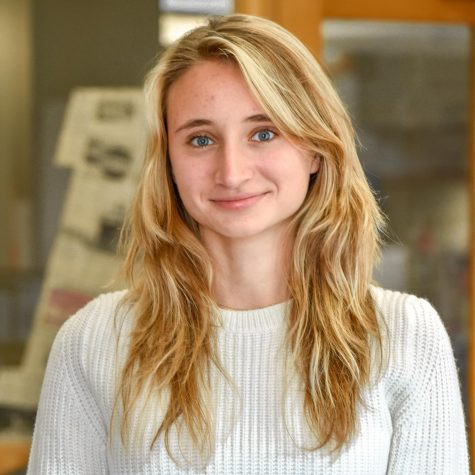Director of Vatican Observatory Brother Guy Consolmagno reflects on time teaching at Lafayette
Brother Guy Consolmagno worked as the McKelvy House housemaster and co-authored a physics textbook during his time at Lafayette. (Photo courtesy of Brother Guy Consolmagno)
November 19, 2021
Years before he was “The Pope’s Astronomer,” Brother Guy Consolmagno was the housemaster at McKelvy House. Although College Hill was just one stop on his unusual life trajectory, Consolmagno describes his time at the college as influential to his decision to enter the Jesuits, which in turn, led him to Rome.
Consolmagno, the director of the Vatican Observatory, began his scientific career at Massachusetts Institute of Technology (MIT), where he completed both his undergraduate and masters in planetary science. After receiving his Ph.D. from the University of Arizona, he taught as a guest lecturer at Harvard for two years and then returned to MIT for three years of teaching and a post-doctorate.
“If you know anything about the postdoc world, that means I couldn’t get a real job. So, I was feeling pretty frustrated,” Consolmagno said. “And I had this horrible thought of, ‘What am I doing with my life when people are starving in the world and I’m studying the moons of Jupiter, like, who cares?’ So, I quit science, I quit altogether. I said, ‘This is clearly a waste of my life.’ And I joined the Peace Corps.”
He was assigned to volunteer in Kenya, teaching physics at the University of Nairobi, where he discovered his love of teaching. At this point, Consolmagno started hunting for open positions at American colleges, one of which was Lafayette College.
“A telegram arrived, I had no idea that telegrams even existed. And [it] said, ‘could you please call Lafayette College at this number, the physics department, at a certain hour?’ There must have been an eight-hour time difference between Kenya and Easton,” Consolmagno said.
“I was desperately trying to find where I could find a working telephone after hours, so I finally went to the Peace Corps office in Nairobi, and saw the Peace Corps nurse and she said, ‘Oh, we need your blood type. If you give a pint of blood, I’ll let you use my phone.’ So, I literally paid for this job with blood,” he said.
Hired on the spot, Consolmagno moved directly from Nairobi to Easton and began what would be four years at the college, teaching students, sitting on the student conduct committee and working as housemaster for the McKelvy House. He also co-authored a physics textbook used by his students at the time.
“I started teaching immediately and fell in love. I loved the atmosphere of the school. I love the small town of Easton. We’re talking 1986, so this was a while ago. But it was a really pleasant little school. The students are great fun,” Consolmagno said.
Although he loved his time at the college, Consolmagno said he was missing one thing he had in the Peace Corps: standing for something bigger than himself.
“When you’re a professor…your goal is to get tenure, your goal is to get published, and I didn’t want to do it. I wanted to do something bigger, like in the Peace Corps I was representing America,” Consolmagno said.
After praying about the decision, he decided it was time to move on.
“Here’s an important thing that the Jesuits teach you: when you’re making big life decisions, you never should make them when you’re down, when you’re upset…you should only make them really when you’re in a good space,” Consolmagno said. “Lafayette gave me the good space where I could see now it’s time to go for something better. I have nothing but phenomenally positive feelings towards Lafayette.”
Consolmagno said he is still “great friends” with many of the students who resided in the McKelvy House during his tenure.
After joining the Jesuits, Consolmagno received a letter from the Father General assigning him to the Vatican Observatory. Under the call of obedience, he had to accept the position. Although he had his heart set on teaching at a Jesuit college that reminded of Lafayette, Consolmagno would now focus on research.
“There was an attraction moving to Rome that was exciting, but also simply the sense of going someplace where they needed me. It wasn’t my choice and my glory, but rather something I could do for [the Church]. It was something very satisfying about that,” Consolmagno said.
After heading up research as curator of the observatory’s vast meteorite collection, Pope Francis appointed Consolmagno the director of the observatory in 2015. He explained that the work he does is similar to the president of a university. He is the public face of the observatory, giving public talks, doing interviews and writing articles about the work the institution is doing.
Overall, Consolmagno now feels that he has found where he belongs.
“It’s a sense of I was doing it out of the love for the church and in the order that I belong to. But in a deeper sense I’m doing it because I felt, you know, God’s telling somebody they need to be there,” Consolmagno said














